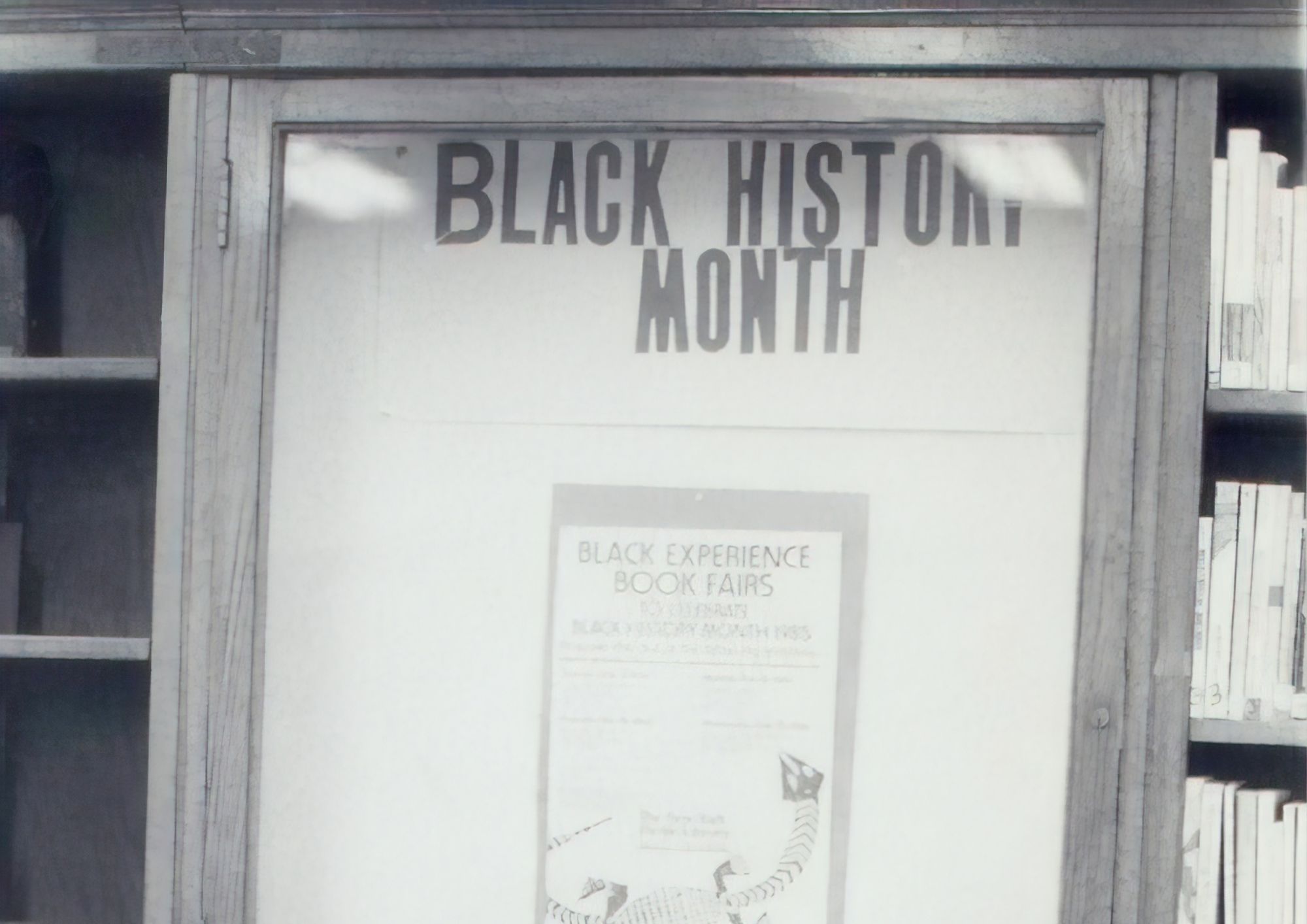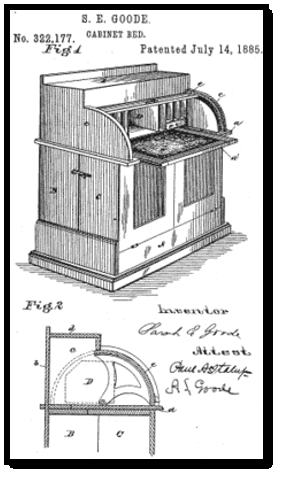Black History Month: Honoring African American Inventors
Black History Month. I introduce names you might not know. Men & women - scientists & inventors whose contributions stand in the shadows of everything from telephones to telegraph, central heating, Murphy beds, and space travel. Today we call them nerds. So, let’s nerd out for Black History Month!


Sarah Elisabeth Goode
In 1885, Sarah Elisabeth Goode became the first African American woman to receive a United States patent. She created the cabinet folding bed to fit in small spaces. It served double duty as a desk. Her cabinet folding bed is today called a hide-away bed and is also the inspiration for the Murphy bed cabinet-style bed in my guest room.

Goode and her husband owned a furniture store. Most of her clients had small apartments and the cabinet bed could easily be used as both a bed and a desk.


Granville T. Woods
Woods was born in Columbus, Ohio in 1856 to free African American parents. As a teen he started working for railroad companies and its where inspiration struck for his most important invention, the inductor telegraph, or the Synchronous Multiplex Railway Telegraph. It allowed communication between train depots and trains. He was the first African American mechanical and electrical engineer after the Civil War.
In 1889, he filed his first patent for an improved steam boiler furnace. Alexander Graham Bell's company, American Bell Telephone Co., purchased the rights to Woods' patent for what he called, “telegraphony,” which combined a telephone and a telegraph and enabled a telegraph station to send voice and telegraph messages over a single wire. Woods used the payment from Bell to devote his time to further research. Another of his most important inventions helped trolleys. The “troller,” a grooved metal wheel, allowed street cars to collect electric power from overhead wires.
During his life, Woods registered nearly 60 U.S. patents.

Alice H. Parker
Considered another “Hidden Figure,” Alice H. Parker was born in 1895 in Morristown New Jersey and graduated with honors from Howard University in 1910. The historically Black University accepted both male and female students.
Parker’s invention revolutionized central heating. She felt that a fireplace was not enough to warm her home during cold winters in the northeast. People burned coal or wood to heat homes in those days.
Parker designed the first gas furnace, powered by natural gas, and the first heating system with individually controlled air ducts that distributed heat evenly.
According to Lemelson-MIT, a program operated by Massachusetts’s Institute of Technology to nurture future inventors, “Parker’s design was unique in that it used natural gas, which saved time from chopping wood, and increased safety measures without a fire burning all night. Granted on December 23, 1919, Parker’s patent was not the first for a gas furnace design, but it uniquely involved a multiple yet individually controlled burner system. Although her exact design was never implemented due to concerns with the regulation of heat flow, her system was an important precursor to the modern heating zone system and thermostats as well.”

Franklin McKinley Jones
Born to an African American mother and Irish father in Covington Kentucky in 1893, Franklin Jones was raised by a Catholic priest after his mother left them. His father was a railroad worker who had a tough time rearing his son on his own.
By age 14 Jones was working as a self-taught auto mechanic. While in the Army, he also worked as a mechanic and learned about electronics. He handled the wiring to equip his camp with electricity, telegraph, and telephone service.
He is credited with building a transmitter for the first radio station in Hallock, Minnesota. His penchant for electronics led Jones to design Thermo Control, an automatic truck refrigeration unit. His portable cooling units were used during World War II to preserve blood, medicine and food for army hospitals and battlefields.
In the 1920s, Jones worked on converting silent movie projectors into audiovisual projectors. Among his other inventions are a portable x-ray machine, an early prototype of a snowmobile, and a movie-ticket dispenser.

Dr. George Carruthers
Physicist, engineer, and space scientist Dr. George Carruthers built his first telescope at age 10. The Ohio native passed away in December of 2020 and is honored on the Space Center Houston website for his contributions:
We remember Dr. George Carruthers, who passed away Dec. 26. During his career at the U.S. Naval Research Laboratory, Dr. Carruthers invented the first Moon-based astronomy observatory, which was placed by Apollo 16 astronauts on the lunar surface.
Working for the Naval Research Laboratory, Carruthers received a patent for a Far Ultraviolet Electrographic Camera, which obtained images in electromagnetic radiation in short wavelengths.
Apollo 16 astronauts placed the observatory on the Moon in April 1972, where it sits today on the Moon’s Descartes highland region, in the shadow of the lunar module Orion.
Only four of these cameras were made. One is on the Moon and the backup camera is at the National Air and Space Museum. The two remaining cameras are at Space Center Houston and the Naval Research Laboratory, which were used for training. It is also believed that the camera at our center was a qualification unit.
We are honored to house such a significant piece of space history and help share Dr. Carruthers’s invention and contributions to space exploration with future generations.
